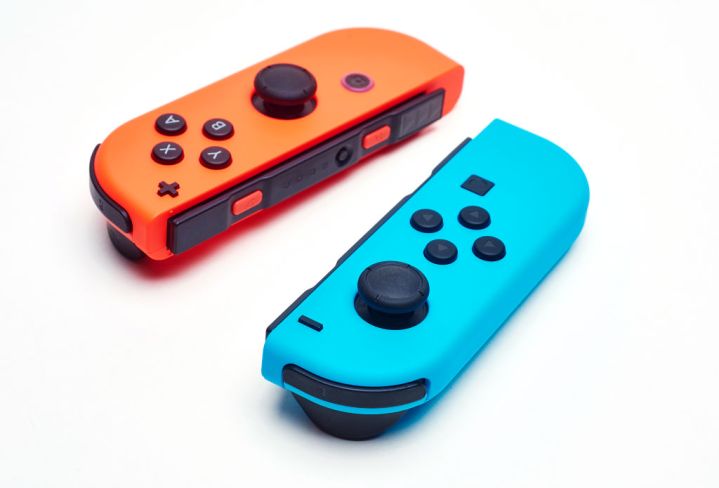
Nintendo has instructed customer service representatives to stop charging customers to fix Nintendo Switch controllers suffering from Joy-Con drift, according to a new report.
Drifting issues have plagued Switch players, causing controllers to register movement when no one touches the Joy-Con’s joysticks. The problem had become so bad that a law firm filed a class-action lawsuit over it. Fed-up players had to either send their controllers to Nintendo to have them fixed — for about $40 — or buy a new Joy-Con for $80.
According to a Vice report on Tuesday, the company now has a new policy: It will no longer charge for repairs, and refund the repair fee to those who have already paid it.
“Customers will no longer be requested to provide proof of purchase for Joy-Con repairs,” an internal memo obtained by Vice said. “Additionally it is not necessary to confirm warranty status. If a customer requests a refund for a previously paid Joy-Con repair […] confirm the prior repair and then issue a refund.”
We reached out to Nintendo to see if it would confirm the memo, but the company would not definitively say whether customers could have the controllers repaired for free. Instead, the company referred to its earlier statement on the issue.
“At Nintendo, we take great pride in creating quality products and we are continuously making improvements to them,” a spokesman said in the statement. “We are aware of recent reports that some Joy-Con controllers are not responding correctly. We want our consumers to have fun with Nintendo Switch, and if anything falls short of this goal we always encourage them to visit http://support.nintendo.com so we can help.”
Customers experiencing the dreaded Joy-Con drift can contact Nintendo via its support page. Customer service reps have been instructed to troubleshoot the issue with gamers at first, but will eventually offer to repair the controller if the issue isn’t immediately fixed, according to Vice.
Switch owners have run into a few issues with their controllers since the console’s initial release, including some connectivity problems with the left Joy-Con. That was eventually fixed with a simple solution: A piece of conductive foam.



